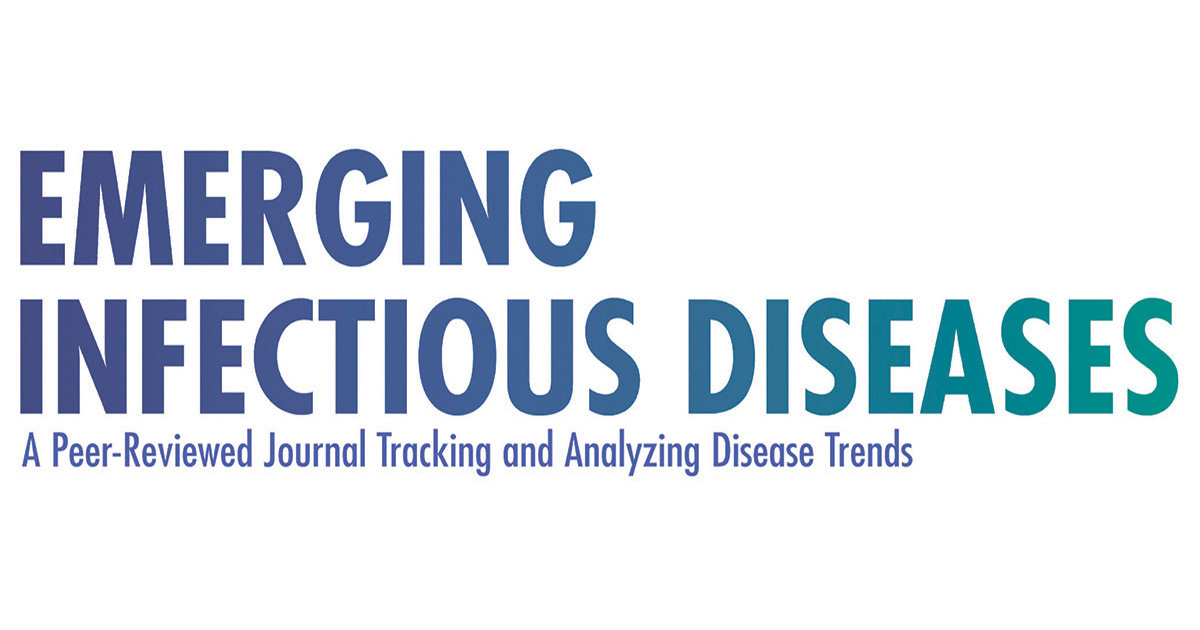EID Journal Home > Volume 17, Number 6?June 2011
Volume 17, Number 6?June 2011
Synopsis
Reality Check of Laboratory Service Effectiveness during Pandemic (H1N1) 2009, Victoria, Australia
Michael Catton, Comments to Author Julian Druce, Georgina Papadakis, Thomas Tran, and Christopher Birch
Author affiliation: Victorian Infectious Diseases Reference Laboratory, North Melbourne, Victoria, Australia
Suggested citation for this article
No campaign plan survives first contact with the enemy.?Helmuth Graf von Moltke
Abstract
In Australia, the outbreak of pandemic (H1N1) 2009 began in Melbourne, Victoria; in the first 17 days, the Victorian Infectious Diseases Reference Laboratory detected 977 cases. Although the laboratory had a pandemic plan in place, a retrospective evaluation found 3 major variations from plan assumptions: 1) higher peak demand not limited by a case definition, 2) prolonged peak demand because containment attempts continued despite widespread influenza, and 3) unexpected influence of negative test results on public health actions. Although implementation of the plan was generally successful, the greatest challenges were limited availability of skilled staff and test reagents. Despite peak demand of 1,401 tests per day, results were provided within the usual 24 hours of specimen receipt; however, turnaround time seemed slower because of slow transport times (>3 days for 45% of specimens). Hence, effective laboratory capability might be enhanced by speeding transport of specimens and improving transmission of clinical data.
Volume 17, Number 6?June 2011
Synopsis
Reality Check of Laboratory Service Effectiveness during Pandemic (H1N1) 2009, Victoria, Australia
Michael Catton, Comments to Author Julian Druce, Georgina Papadakis, Thomas Tran, and Christopher Birch
Author affiliation: Victorian Infectious Diseases Reference Laboratory, North Melbourne, Victoria, Australia
Suggested citation for this article
No campaign plan survives first contact with the enemy.?Helmuth Graf von Moltke
Abstract
In Australia, the outbreak of pandemic (H1N1) 2009 began in Melbourne, Victoria; in the first 17 days, the Victorian Infectious Diseases Reference Laboratory detected 977 cases. Although the laboratory had a pandemic plan in place, a retrospective evaluation found 3 major variations from plan assumptions: 1) higher peak demand not limited by a case definition, 2) prolonged peak demand because containment attempts continued despite widespread influenza, and 3) unexpected influence of negative test results on public health actions. Although implementation of the plan was generally successful, the greatest challenges were limited availability of skilled staff and test reagents. Despite peak demand of 1,401 tests per day, results were provided within the usual 24 hours of specimen receipt; however, turnaround time seemed slower because of slow transport times (>3 days for 45% of specimens). Hence, effective laboratory capability might be enhanced by speeding transport of specimens and improving transmission of clinical data.
